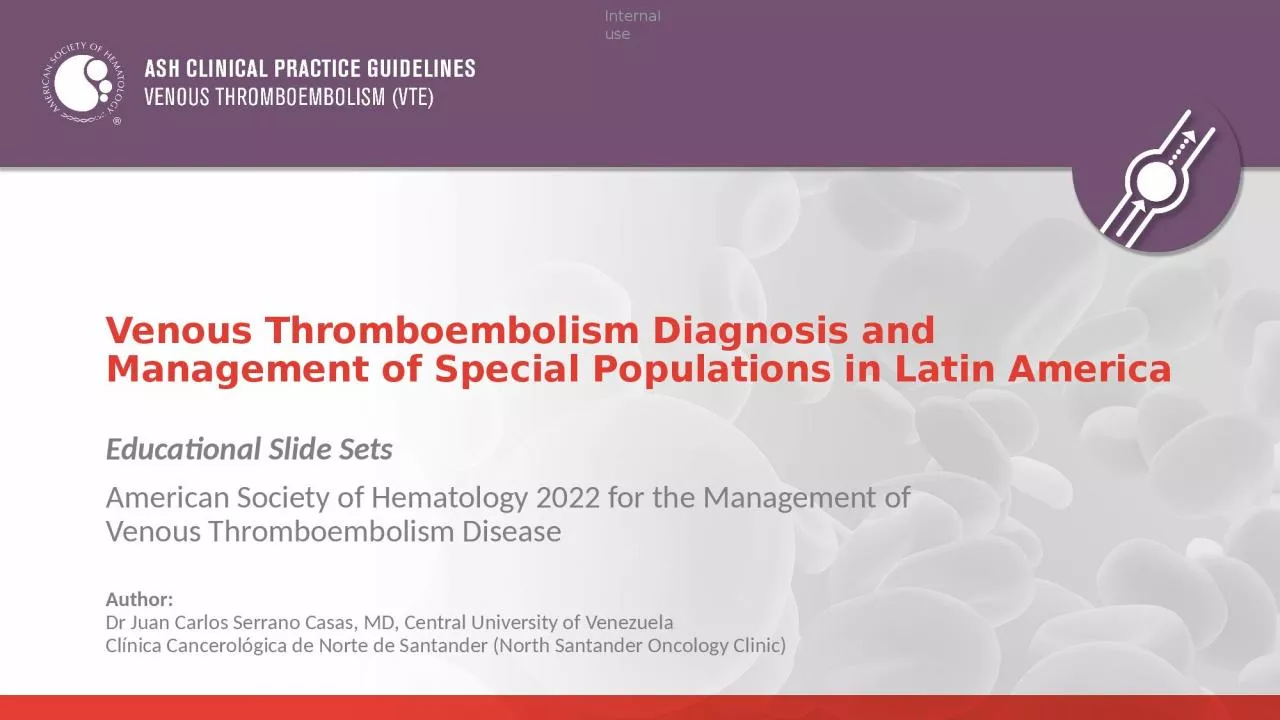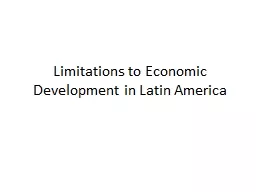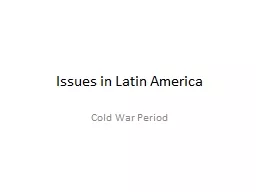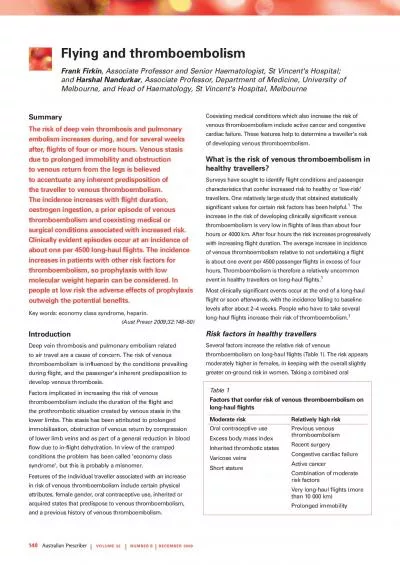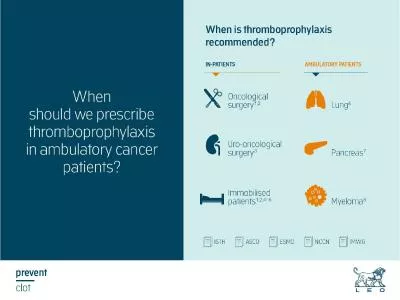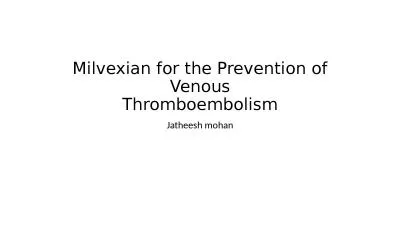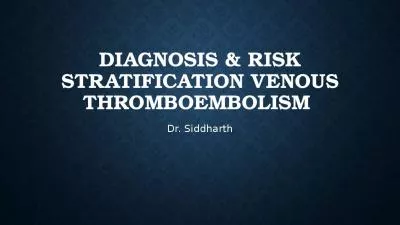PPT-Venous Thromboembolism Diagnosis and Management of Special Populations in Latin America
Author : jalin | Published Date : 2024-03-13
Educational Slide Sets American Society of Hematology 2022 for the Management of Venous Thromboembolism Disease Author Dr Juan Carlos Serrano Casas MD Central
Presentation Embed Code
Download Presentation
Download Presentation The PPT/PDF document "Venous Thromboembolism Diagnosis and Man..." is the property of its rightful owner. Permission is granted to download and print the materials on this website for personal, non-commercial use only, and to display it on your personal computer provided you do not modify the materials and that you retain all copyright notices contained in the materials. By downloading content from our website, you accept the terms of this agreement.
Venous Thromboembolism Diagnosis and Management of Special Populations in Latin America: Transcript
Download Rules Of Document
"Venous Thromboembolism Diagnosis and Management of Special Populations in Latin America"The content belongs to its owner. You may download and print it for personal use, without modification, and keep all copyright notices. By downloading, you agree to these terms.
Related Documents

